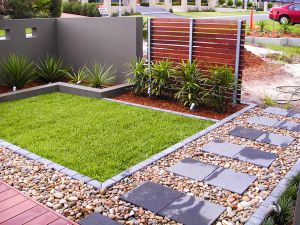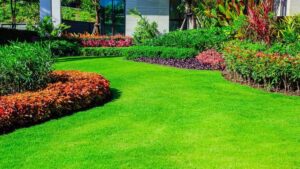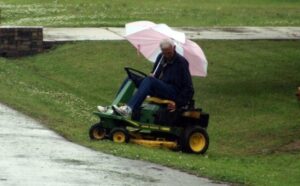
As landscapers / gardeners / groundskeepers from Cambridge, Ontario, we here at Foxy Gardens know that working with the landscape of this southwestern Ontario city can sometimes be like taming a savage beast.
For those who are from Cambridge, and own or rent property, you may know this.
You may think I’m exaggerating, but let me tell you, things can get pretty wild out there.
From ticks, to rocks, to weird bugs, to bee’s nests, to thorny hedges, to a wide variety of different poisonous plants, plus rain, wind, and mud…these are just a few of the things you’ll encounter while gardening in Cambridge, Ontario.
Just look at this place.. does it seem like it’s going to turn your day upside down? Noooo…can’t be.

Now, you might say that a lot of these natural occurrences I mentioned can be found anywhere (bees? come on, man), but perhaps you haven’t been nearly stung to death by angry yellow jackets while trying to move a tombstone! (not kidding)
And no matter how much on-the-job training you have, you’re never quite prepared for what you’ll come across when tending to someone’s garden. Not even Ed Lawrence can help you, sometimes.
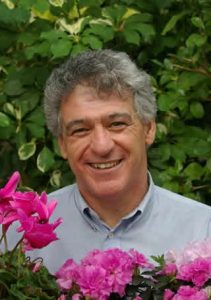
For those new to Cambridge, or are otherwise unfamiliar with the landscape – let’s talk about 10 things that make Cambridge, Ontario, a place full of surprises when it comes to landscaping.
Carolinian Forest
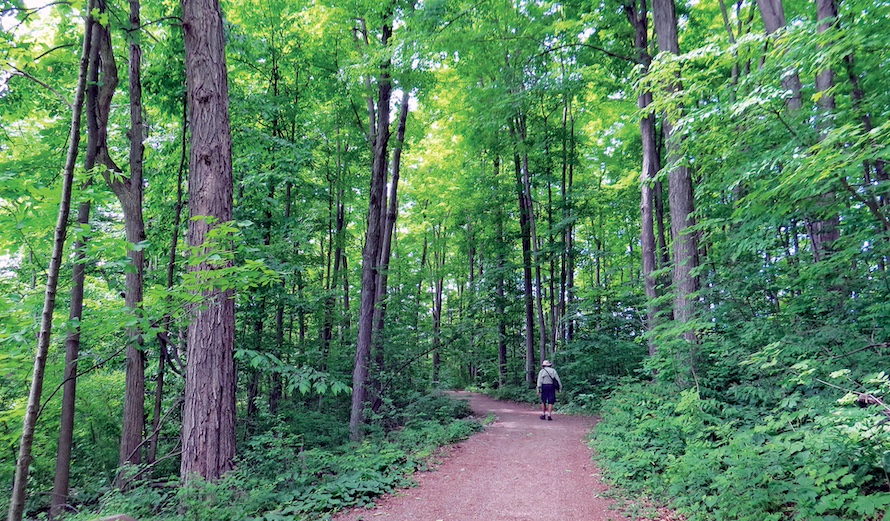
The Carolinian Forest is known for its rich biodiversity and unique plant species, which can pose both opportunities and challenges for landscaping in Cambridge, Ontario.
As one of the most diverse ecosystems in Canada, incorporating elements of the Carolinian Forest into landscaping designs can add depth and beauty to outdoor spaces.
However, the presence of rare and sensitive plant species may require careful consideration and preservation efforts during landscaping projects.
Additionally, the need to balance the desire for aesthetic appeal with the conservation of these ecologically significant areas can create a dynamic and sometimes complex landscape design process in Cambridge.
The Grand River

The Grand River, winding through Cambridge, Ontario, adds another layer of complexity to landscaping in the area.
Its presence offers scenic views and recreational opportunities but also introduces challenges for landscaping projects along its banks.
Balancing the aesthetic enhancement of waterfront properties with the need to preserve the river’s natural ecosystem requires careful planning and consideration.
Moreover, the potential for flooding and erosion along the riverbanks necessitates the implementation of sustainable landscaping techniques and erosion control measures.
Thus, incorporating the Grand River into landscaping designs in Cambridge involves navigating a delicate balance between enhancing the natural beauty of the waterfront while safeguarding its ecological integrity and resilience against environmental factors.
The Beverly Swamp
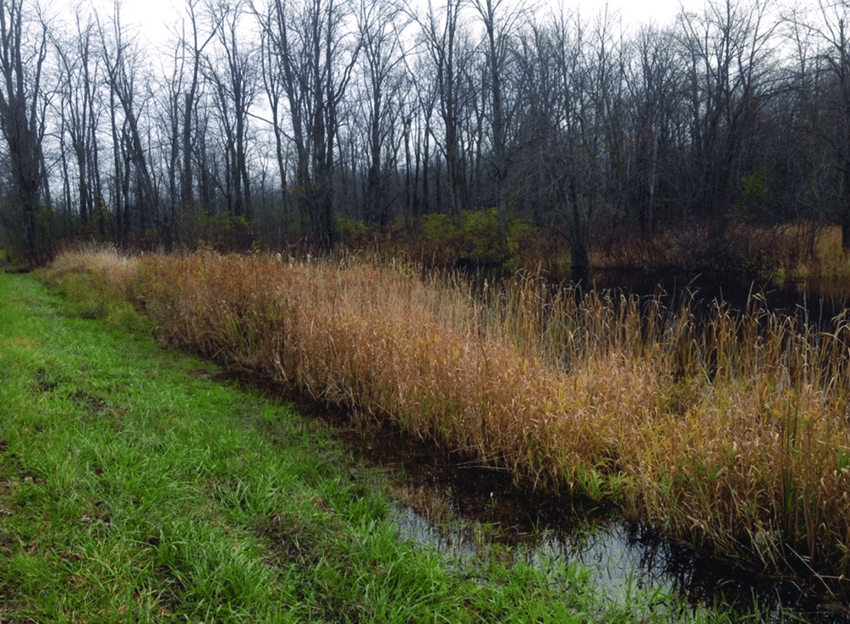
The Beverly Swamp, located near Cambridge, Ontario, presents both opportunities and challenges for landscaping in the area.
As a significant wetland habitat, it contributes to the region’s biodiversity and ecological health.
However, its proximity to urban areas like Cambridge means that landscaping efforts must account for the potential impacts on this sensitive ecosystem.
Incorporating the Beverly Swamp into landscaping projects requires a deep understanding of wetland ecology and conservation principles.
Designing landscapes that complement the natural features of the swamp while minimizing disturbance to its delicate balance is essential.
Furthermore, implementing sustainable landscaping practices can help mitigate the risk of pollution and habitat degradation from nearby urban development.
At the same time, the Beverly Swamp offers inspiration for incorporating elements of wetland ecosystems into landscaping designs, such as native plant species that thrive in wetland conditions or water features that mimic natural wetland habitats.
By embracing the unique characteristics of the Beverly Swamp, landscaping in Cambridge can not only enhance the beauty of outdoor spaces but also contribute to the preservation of this important natural area.
The Niagara Escarpment
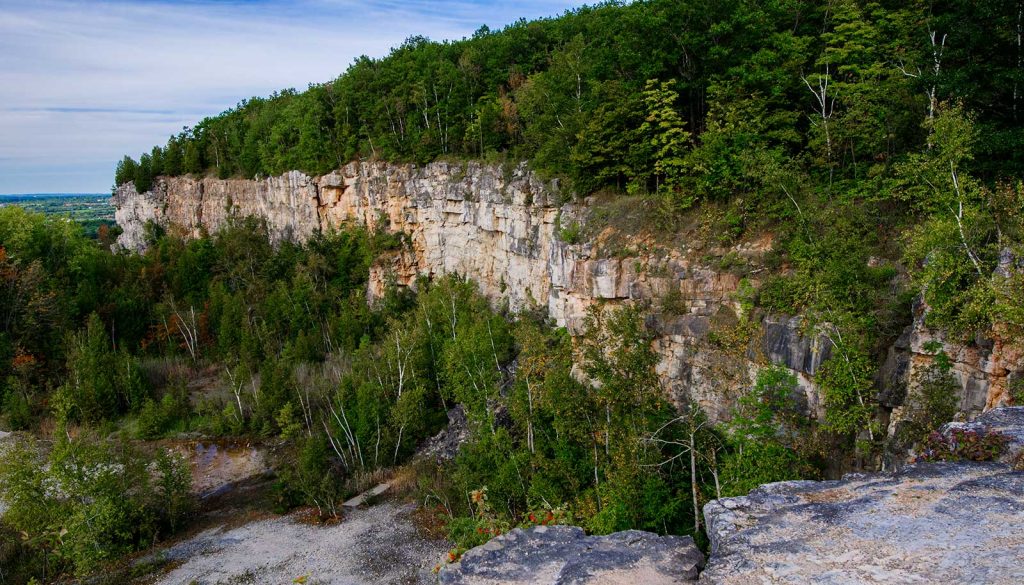
The Niagara Escarpment, a prominent geological formation running through southern Ontario, including near Cambridge, adds another dimension to landscaping challenges and opportunities in the region.
As a UNESCO World Biosphere Reserve, it showcases stunning cliffs, waterfalls, and unique ecosystems, enriching the landscape’s visual appeal and ecological diversity.
Incorporating the Niagara Escarpment into landscaping designs in Cambridge requires careful attention to its geological features and ecological significance.
Designing outdoor spaces that harmonize with the escarpment’s natural beauty can create breathtaking vistas and enhance the overall aesthetic experience.
However, the steep slopes and rocky terrain of the escarpment also present challenges for landscaping projects, requiring innovative solutions for soil stabilization, erosion control, and plant selection.
Moreover, the escarpment’s role in regulating groundwater flow and supporting diverse plant and animal habitats underscores the importance of sustainable landscaping practices.
By integrating native plant species and implementing water-wise landscaping techniques, such as rain gardens and permeable paving, landscaping in Cambridge can contribute to the conservation of the Niagara Escarpment’s ecological integrity while creating visually stunning and environmentally resilient outdoor spaces.
Zone 5b
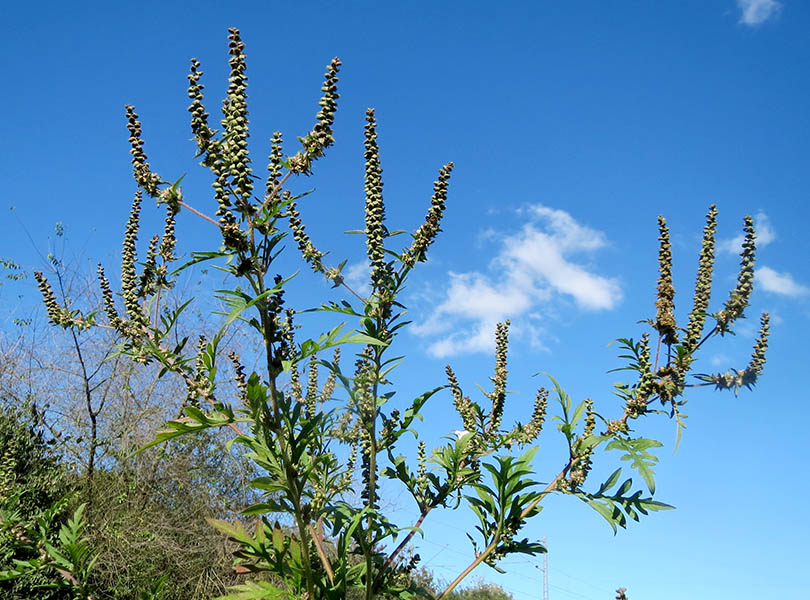
Zone 5b, as designated by the United States Department of Agriculture (USDA) Plant Hardiness Zone Map, encompasses parts of southern Ontario, including Cambridge.
This climatic zone presents unique considerations for landscaping practices in the area.
The challenges posed by Zone 5b revolve around the region’s cold winters and relatively short growing season.
Landscaping projects must account for frost and freeze events, which can damage tender plants and limit the selection of suitable species for outdoor spaces.
Additionally, extreme temperature fluctuations and occasional heavy snowfall can impact the durability and longevity of landscaping features and materials.
On the other hand, Zone 5b offers opportunities for creative landscaping approaches that embrace the local climate conditions.
Selecting cold-hardy plant varieties and implementing frost-resistant landscaping materials can help mitigate the effects of winter weather while maintaining aesthetic appeal year-round.
Furthermore, incorporating elements of winter interest, such as ornamental grasses with architectural seed heads or evergreen shrubs, can enhance the visual appeal of outdoor spaces during the colder months.
By understanding the unique characteristics of Zone 5b and tailoring landscaping designs accordingly, residents and landscapers in Cambridge can create beautiful and resilient outdoor environments that thrive within the constraints of the local climate.
Poison Plants

The presence of poison plants in Cambridge, Ontario, introduces a crucial aspect to landscaping considerations in the area.
Plants like poison ivy, poison oak, and poison sumac contain oils (urushiol) that can cause allergic reactions upon contact with skin, leading to itching, rash, and discomfort.
For landscapers and homeowners, identifying and managing poison plants is essential to ensure the safety and well-being of those who interact with outdoor spaces.
Incorporating strategies to minimize the risk of exposure, such as regular inspection and removal of poison plants from landscaping areas, can help mitigate the potential for allergic reactions.
Furthermore, educating residents and landscaping professionals about the identification and proper handling of poison plants is key to preventing accidental contact.
This includes familiarizing oneself with the appearance of poison ivy, oak, and sumac, as well as understanding the importance of wearing protective clothing and gloves when working in areas where these plants may be present.
Despite the potential hazards posed by poison plants, with careful management and awareness, landscaping projects in Cambridge can create safe and enjoyable outdoor environments for residents and visitors alike.
Incorporating strategies to identify, mitigate, and minimize the risk of exposure to poison plants ensures that landscaping efforts contribute to the overall health and well-being of the community.
The Canadian Shield
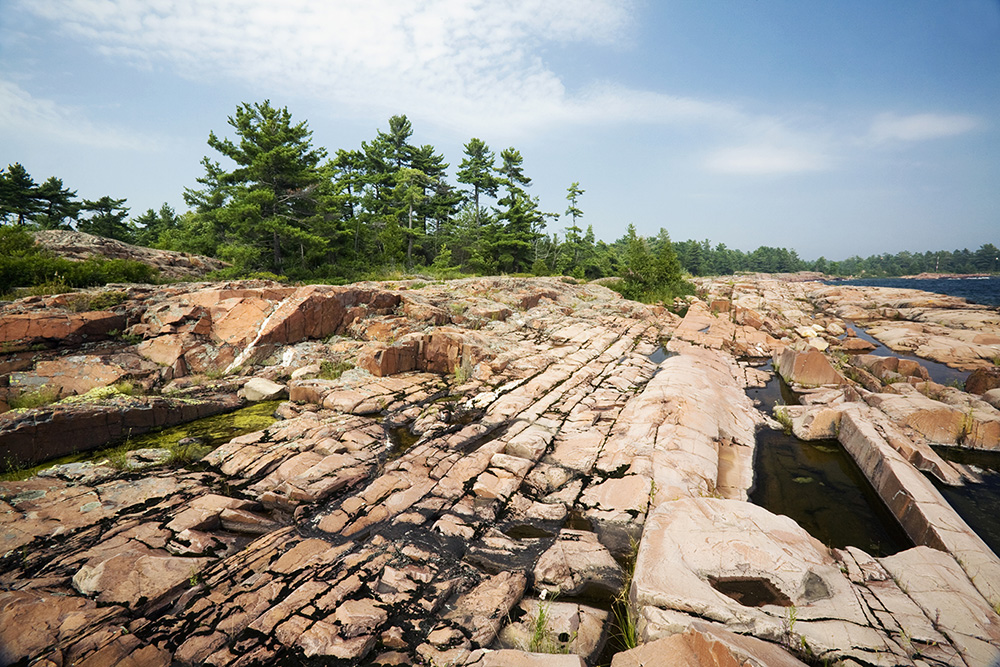
The Canadian Shield, a vast geological region characterized by ancient bedrock and rugged terrain, influences landscaping practices in Cambridge, Ontario, in several ways.
Despite being located farther north than Cambridge, the Shield’s geological influence can still be felt due to its expansive reach across much of Ontario.
For landscapers in Cambridge, the Canadian Shield presents challenges related to soil composition and topography.
The rocky terrain and shallow soils typical of Shield regions can limit the types of plants that can thrive in landscaping projects.
Additionally, the presence of large boulders and outcroppings may require specialized techniques for excavation and site preparation.
However, the Canadian Shield also offers opportunities for unique and visually striking landscaping designs.
Incorporating natural stone elements, such as boulders and rock gardens, can complement the rugged beauty of the Shield’s landscape while providing structural stability and erosion control.
Moreover, native plant species adapted to the rocky, nutrient-poor soils of the Shield can be incorporated into landscaping designs, promoting biodiversity and ecological resilience.
By embracing the geological characteristics of the Canadian Shield and integrating them into landscaping practices, residents and landscapers in Cambridge can create outdoor spaces that are both aesthetically pleasing and environmentally sustainable, ultimately enhancing the overall quality of life in the community.
The Great Lakes
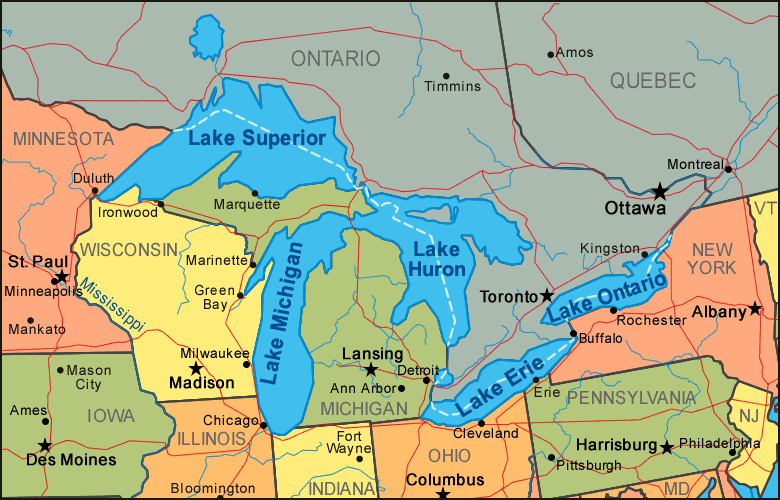
The Great Lakes, including Lake Ontario, which borders Cambridge, Ontario, significantly influence landscaping practices in the region.
As one of the largest freshwater systems in the world, the Great Lakes play a crucial role in shaping the local climate, ecology, and recreational opportunities.
For landscaping in Cambridge, the proximity to Lake Ontario presents both advantages and challenges.
The moderating effect of the lake helps to regulate temperatures, creating a milder climate that extends the growing season and supports a wider range of plant species.
However, it also introduces the risk of lake-effect weather phenomena, such as heavy snowfall and increased humidity, which can impact landscaping projects.
Moreover, the ecological significance of the Great Lakes ecosystem underscores the importance of sustainable landscaping practices in preserving water quality and habitat integrity.
Implementing measures to reduce runoff, such as rain gardens and permeable paving, can help protect the health of Lake Ontario and its surrounding watershed while enhancing the beauty and functionality of outdoor spaces in Cambridge.
Furthermore, the recreational opportunities provided by the Great Lakes, such as boating, fishing, and waterfront leisure activities, inspire landscaping designs that emphasize connectivity and access to the shoreline.
Creating inviting and accessible waterfront landscapes enhances the community’s enjoyment of Lake Ontario while promoting environmental stewardship and conservation.
Incorporating the influence of the Great Lakes into landscaping practices in Cambridge allows residents and landscapers to create outdoor spaces that not only reflect the natural beauty of the region but also contribute to its long-term sustainability and resilience in the face of changing environmental conditions.
Biting Bugs
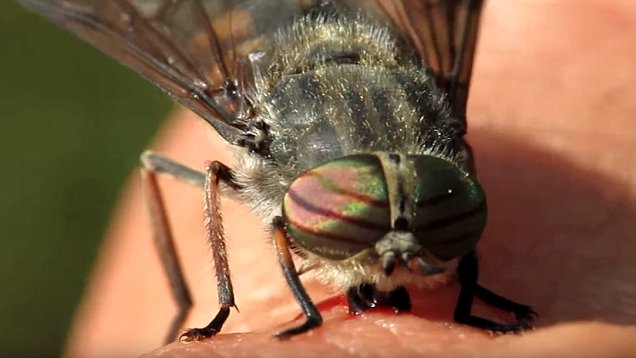
Biting bugs, such as mosquitoes and black flies, are a common nuisance in Cambridge, Ontario, especially during the warmer months. Their presence can significantly impact outdoor activities and influence landscaping decisions in the area.
For landscapers and homeowners, addressing the issue of biting bugs is essential to ensure the usability and enjoyment of outdoor spaces. Incorporating features that deter or minimize the presence of these pests can enhance the comfort and livability of landscaped areas.
This might include the strategic placement of insect-repellent plants, such as citronella or lavender, or the installation of outdoor lighting systems that deter mosquitoes.
Moreover, landscaping designs can integrate elements that create barriers to biting bugs, such as hedges or screens, to provide protection for outdoor gatherings and relaxation areas.
Implementing proper drainage and water management techniques can also help reduce breeding grounds for mosquitoes and other insects.
Additionally, awareness of local mosquito breeding habitats, such as standing water sources or dense vegetation, can inform landscaping practices aimed at reducing bug populations.
Regular maintenance, including trimming overgrown vegetation and removing debris that can collect water, helps minimize the conditions favourable to mosquito breeding.
By considering the presence of biting bugs in landscaping decisions, residents and landscapers in Cambridge can create outdoor spaces that are not only aesthetically pleasing but also comfortable and enjoyable year-round.
Integrating strategies to mitigate the impact of these pests enhances the overall usability and value of landscaped areas, contributing to a more enjoyable outdoor experience for everyone.
Crazy Critters
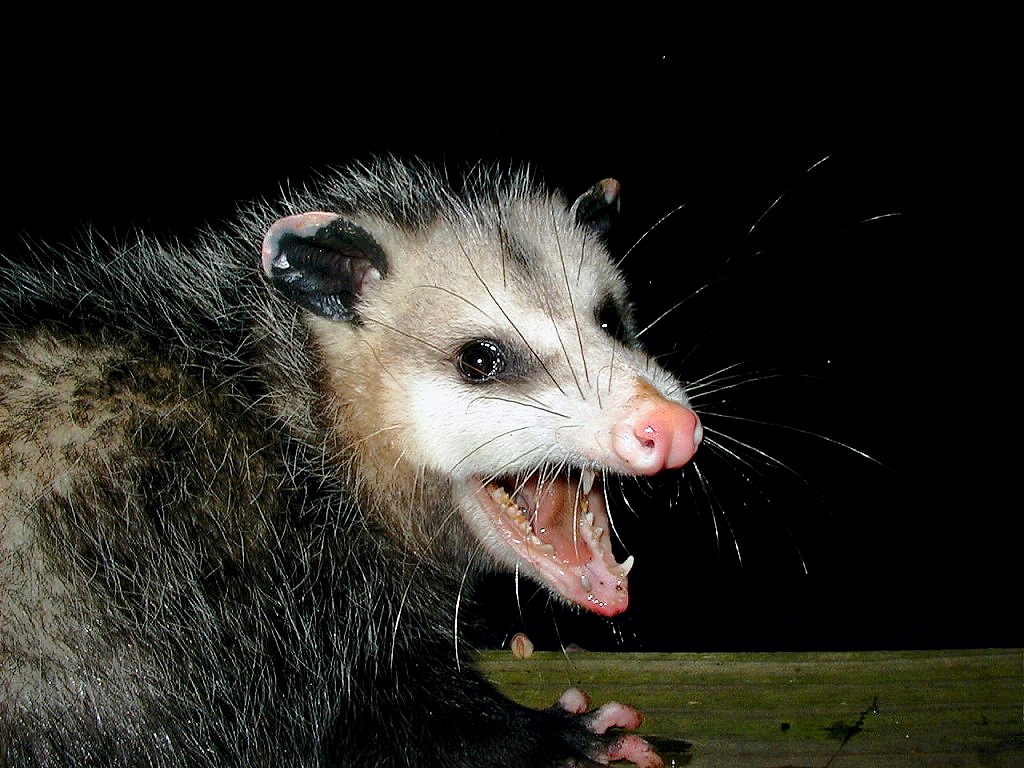
“Crazy critters” can encompass a wide range of wildlife species that may interact with landscaping in unexpected ways in Cambridge, Ontario.
From squirrels and raccoons to deer and groundhogs, these animals can pose challenges for maintaining outdoor spaces while also adding a touch of unpredictability to landscaping projects.
One common challenge is wildlife damage to plants and landscaping features. Squirrels may dig up bulbs or chew on tree bark, while deer can decimate gardens and flowerbeds.
Raccoons may raid garbage bins or dig up lawns in search of grubs and other food sources. Groundhogs may burrow under structures, causing damage to foundations and landscaping features.
In response to these challenges, landscaping strategies may include selecting plants that are less attractive to wildlife, such as species that are deer-resistant or have natural repellent properties.
Installing fencing or other barriers can help protect vulnerable areas from wildlife intrusion. Additionally, incorporating features like raised garden beds or container gardens can deter digging and foraging behavior.
However, it’s also important to consider the ecological role of these “crazy critters” and find ways to coexist harmoniously with wildlife in urban environments.
Providing habitat and food sources for native species can contribute to biodiversity and ecosystem health.
Bird feeders, bat houses, and pollinator gardens are examples of landscaping elements that can support wildlife while enhancing the beauty and functionality of outdoor spaces.
By recognizing the presence of “crazy critters” and implementing proactive landscaping strategies, residents and landscapers in Cambridge can navigate the challenges of wildlife interaction while fostering a sense of connection to the natural world in their outdoor environments.
Wrapping Up

In conclusion, landscaping in Cambridge, Ontario, is a dynamic and multifaceted endeavor influenced by a variety of factors, from the region’s unique geography and climate to its rich ecological diversity and cultural heritage.
From the stunning vistas of the Niagara Escarpment to the tranquil shores of Lake Ontario, each aspect of the local landscape presents both opportunities and challenges for creating outdoor spaces that are both beautiful and functional.
By embracing the complexities of the Cambridge landscape and incorporating innovative design strategies, residents and landscapers can transform outdoor environments into inviting retreats that reflect the region’s natural beauty while enhancing the quality of life for all who inhabit them.
Whether navigating the rugged terrain of the Canadian Shield, preserving the ecological integrity of wetland habitats, or mitigating the impact of biting bugs and crazy critters, landscaping in Cambridge requires creativity, adaptability, and a deep appreciation for the interconnectedness of nature and community.
Through careful planning, sustainable practices, and a commitment to stewardship, landscaping in Cambridge can continue to thrive as a vibrant expression of the region’s identity, offering residents and visitors alike a glimpse into the unique beauty and character of this surprising place.



